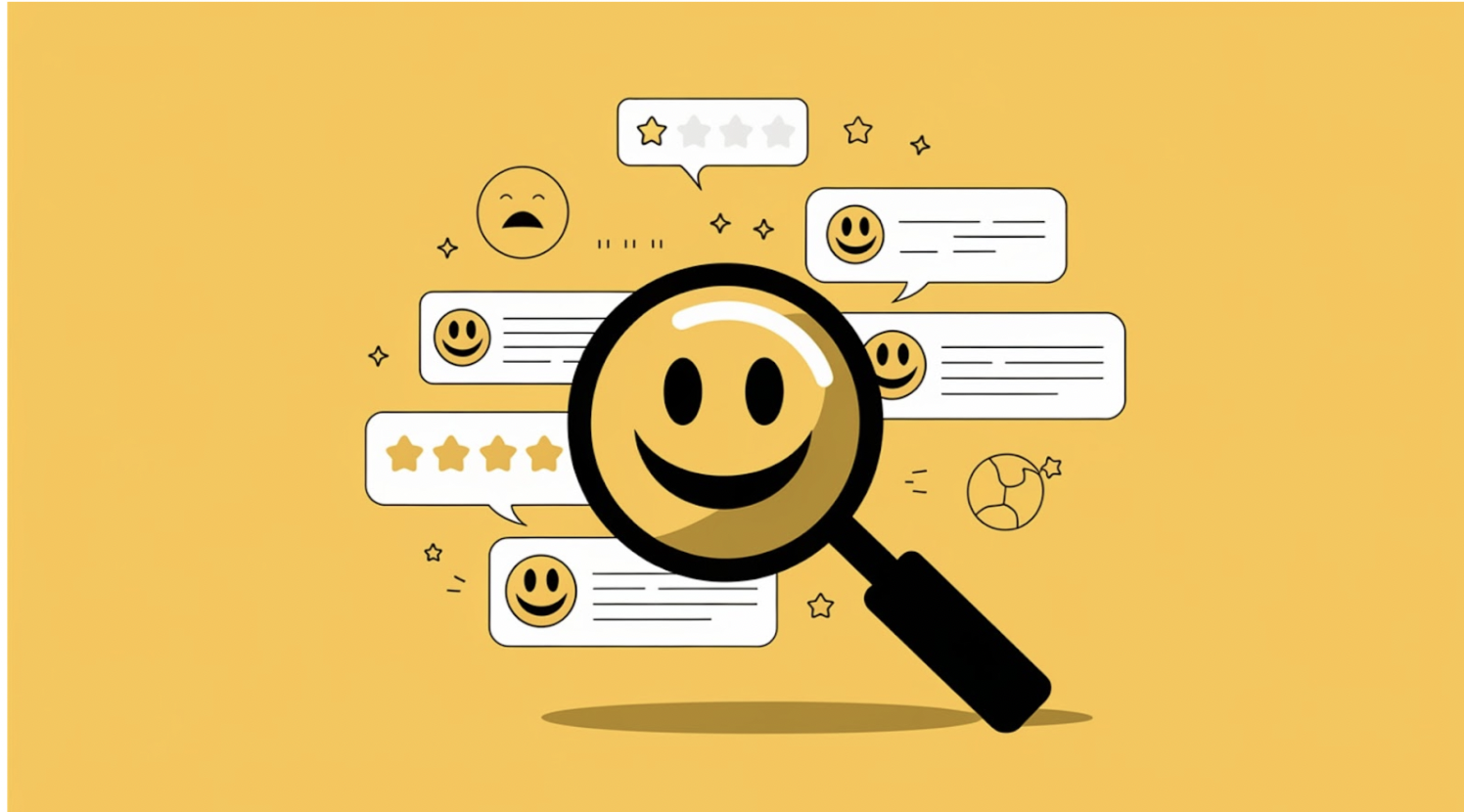How to Identify and Utilize Trends With Social Media Data
With the creation and rise of the social media, it has become easier to connect and follow the lives of everybody on the planet. In the U.S. alone, 79 percent of people have a Facebook profile, with that percentage rising everyday.
Because of social media, it’s possible to track how people behave and break it up by different demographics. That, in turn, can let different governments, businesses, and organizations know how people act and what they are interested in.
By understanding and analyzing trends, it’s possible to predict what the next big thing will be. These trends can include changes in how people buy products, what the next big fad is, how lifestyles of demographics are changing, and how people are communicating.
How to Gather Social Media Data
Before you can start analyzing trends, you have to first know where to get the data from. There are multiple third-party sources like Pew Research that can give data for larger trends. But trends can be examined on a smaller scale too.
Large amounts of social media profiles are public, so anybody could gather data on any topic with the right tools. Data collection requires selecting key terms to search for, and figuring out the context in which those terms are being used. That way, you can see if people are viewing that trend positively or negatively.
Data is valuable and essential to determining if a trend could be worth pursuing. Dozens of “trends” are created everyday but if there is no solid social data showing it will be a long lasting or popular trend, businesses shouldn’t pursue it. Gather data to back up any kind of business decision.
Identifying a Growing Trend
One of the first signs something is becoming popular is that more people are talking about it on social media. It’s a natural reaction: People find something cool, fun, or interesting and share about it online.
Then, as something grows popularity, it creates its own subculture. While not many people may know about it, passionate fans will help build awareness. Then, it either stays at that level or it breaks through to mainstream acceptance.
A prime example of this is the rise of vaping. With Twitter, it’s possible to track its start in New York and Los Angeles, watch it spread across the U.S. to other major cities, and finally be accepted everywhere.
Fad vs. Long-Term Trend
There are two different types of social movement, the short-term fads and long-term trends. People often have short attention spans, so something can become very popular quickly only to burn out in a short amount of time.
Being able to identify the difference can give organizations and businesses a timeline of how long the topic will be relevant and what impacts it might have on their audience.
Prime examples of fads are things like planking, the bottle flip challenge, tebowing, and YOLO. All of these fads became popular within an extremely short amount of time (usually a few months), but, within a year’s time, are no longer popular.
However, long-term trends, with the power to stick around, take longer to build, but are sustainable in the long run. That slow build prevents people from becoming burned out/sick of it, and lets it become of a more accepted part of a culture.
It’s important to identify the difference in a trend so a business can best utilize it. Nothing is as ineffective as jumping on a fad after it has run its course. If something is a fad, it needs to be utilized immediately. If it’s looking like a long-term trend, it’s alright for an organization to take their time planning how to best utilize it.
Utilizing a Trend
Every trend is different, and it’s possible for businesses and organizations to utilize a trend to their advantage. Some internet-heavy trends can be used to help raise awareness for a cause or business, while others, like fidget spinners, can be products a company can sell or give away.
A prime example of an organization using a trend to their advantage is the ALS Association and the ice bucket challenge. They recognized the trend of people recording themselves doing ridiculous challenges like drinking a gallon of milk or eating a spoonful of cinnamon. Then, they created a similar trend that they knew would work based off of what was already happening.
Properly utilizing a trend is a tricky thing though. Doing it incorrectly can make a business come across as simply trying to cash in or manipulate a trend. Either a business needs to become a part of the trend with honest intentions, or find a way to take a trend and make it their own. Doing so can bring a lot of success and attention to a business or organization.









